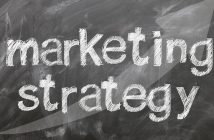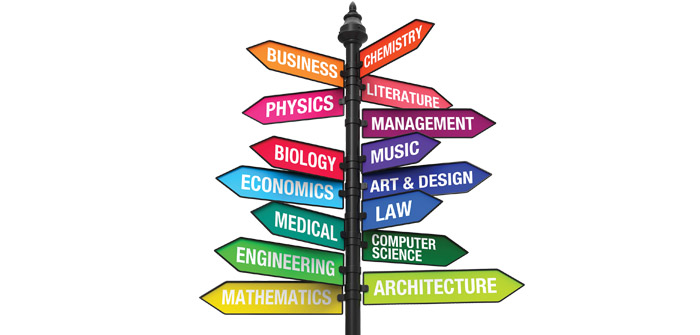In today’s questionable economy, businesses can’t afford an overhead item that produces less than the maximum. Even when cash is flowing in well, that fact is partially driven by an increase in overhead expenses such as payroll, advertising, or additional product displays or services.
Assume your business has an after-tax profit of 4 percent. For every $100 in sales, the profit is $4. To increase your net profit by $1, you must increase sales to $125 or an increase of 25 percent! As mentioned above, a variety of increases in overhead must take place to generate an increase in sales of 25 percent. But what decrease in the cost of sales would generate a dollar in net income? What if your staff could become just a bit more productive?
Trying to raise revenues–especially by as much as 25 percent–is often something a manager has less than total control over. Reaction from the marketplace might not allow it, no matter how hard a business might try. However, increasing productivity is an excellent way to raise that net income percentage, because the company has much more control over that activity. When a sales force can produce more sales more quickly, the end result is a reduction in the cost (of sales) to sales ratio.
First, the business must define the productivity measures. The most common method is to define productivity in one of three ways: 1.) sales per square foot, 2.) cost (of sales) to sales, or 3.) average invoice amount. One might want to consider the conversion of “lookers” to buyers (also called the close rate) or the return rate of customers (repeat purchases or customer retention rate). Both of these measures are specific to productivity problems and thus lead to more effective solutions.
Second, the accounting or tracking system must have a simple way to measure against the standard. One might consider asking the employees being measured what standard they would use or how they would do the measuring if they were in control. Employees can be valuable sources of such information. Because they are themselves in the trenches, they frequently have the right answer.
Consider the following questions as important parts of a self-audit:
• What would your firm’s likely response be to upward wage pressures? Which reaction would be most likely to raise prices, to accept lower profits, or to increase productivity?
• How do your expense ratios compare to the industry standards? Higher, lower, or about the same?
• Can you measure the busiest time period for each department in your business?
• Can you identify individual employee productivity differences in qualitative terms?
• Can managers identify optimum staff size for varying productivity periods or conditions?
What will the answers to these questions tell you? If your expense ratios are higher than the industry, you have productivity issues to deal with. If you are paying more for your staffing, you must find ways to recover those additional expenses without just raising prices and becoming less competitive. Efficient staffing requires knowledge not only of customer traffic patterns, but also of individual employee productivity. Once one knows the production capability of each employee, staffing and training can be adjusted to meet market demands.
Studies show the largest impact comes from simply having the conversations with staff and developing the measuring system. The old adage “what gets measured gets done” is truer today than ever before. Then look closely at how things are done. Remember, the greatest gains in productivity come from doing things differently, innovatively—rather than trying in vain to do the same old thing just a little better.
Jim Kress is on the faculty at COCC, where he works with businesses on productivity and process improvements. He can be reached at 541/383-7712.




